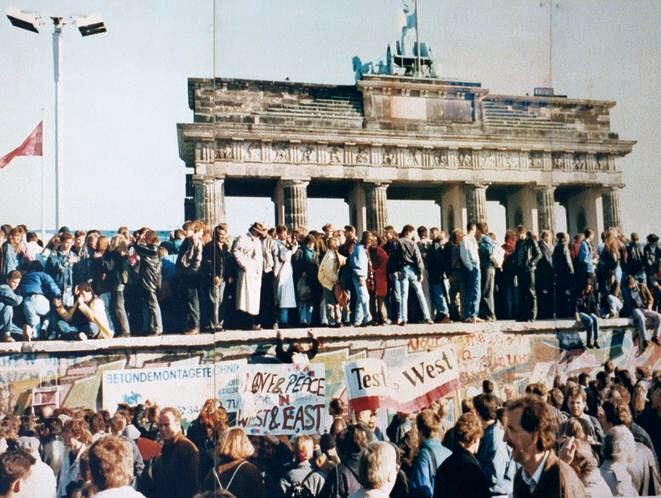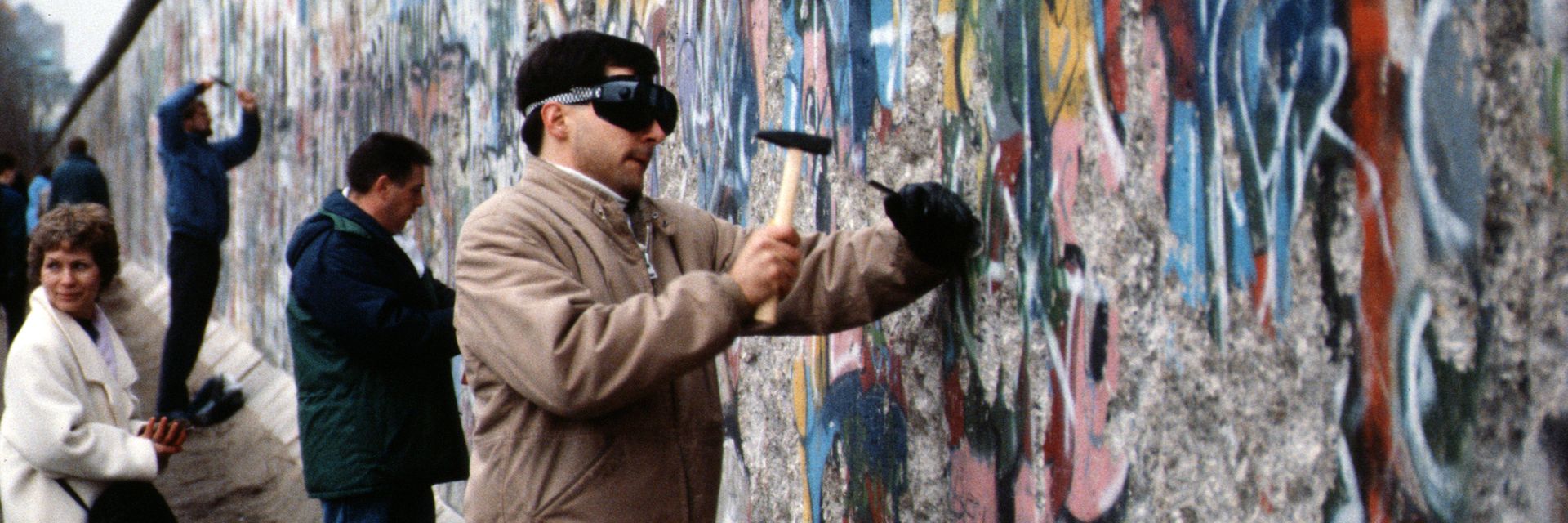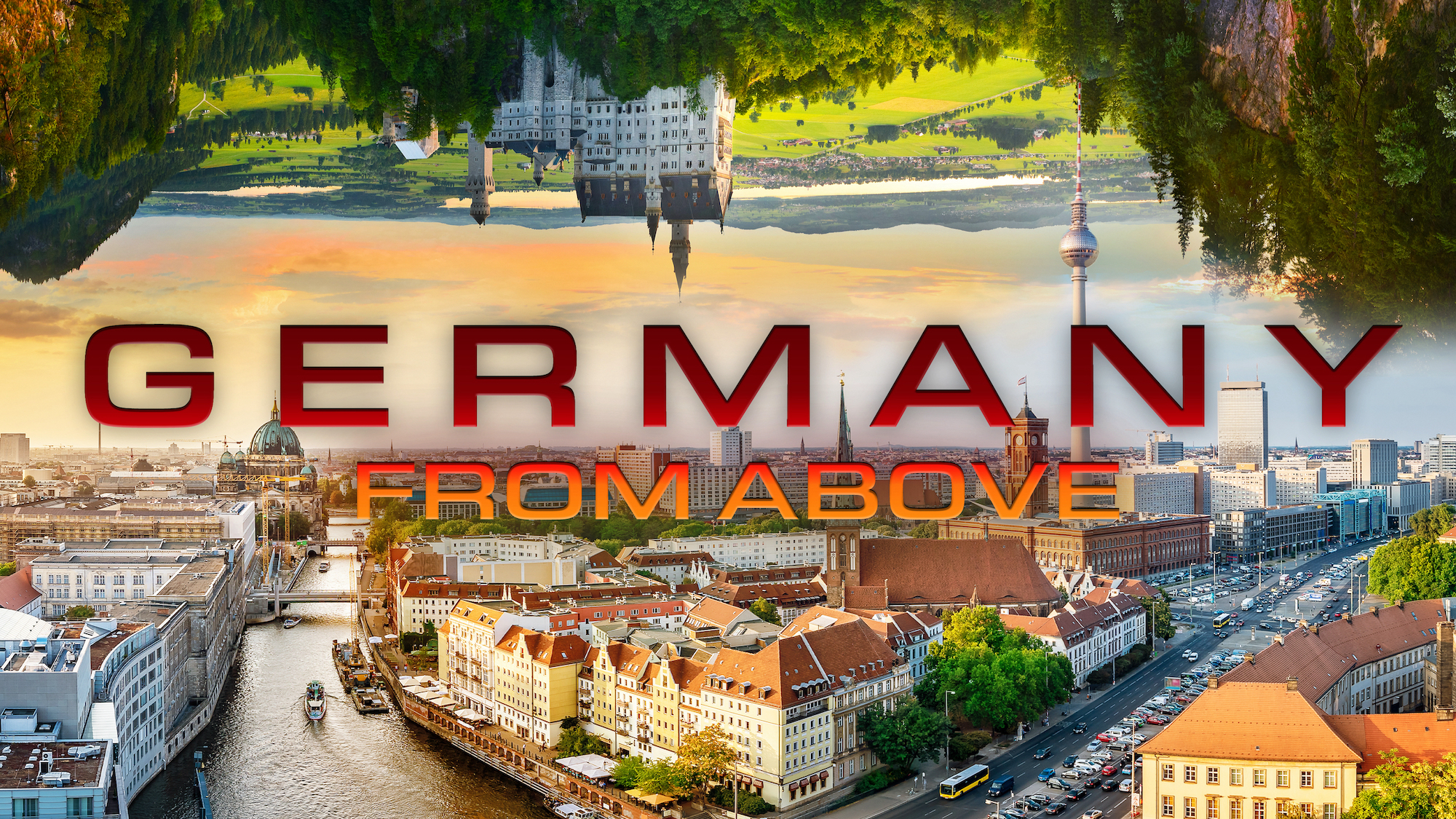Germany celebrates the 35th anniversary of its historic reunification.
◊
On October 3, 1990, the long-divided nation of Germany was officially reunited. It was a moment many thought they would never see in their lifetimes: East and West Germany, split since the aftermath of World War II, became one sovereign state again. As we approach the 35th anniversary of this historic milestone, it is worth recalling the dramatic forces that brought down the Berlin Wall, the diplomatic challenges of merging two rival states, and the lasting impact of reunification on both Europe and the wider world.
Enjoy a birds-eye view of Germany in this MagellanTV documentary.
From Division to Opportunity
The seeds of reunification were sown in the ashes of World War II. After Germany’s surrender in 1945, the Allied victors divided the nation into zones of occupation, with the United States, Britain, and France in the west and the Soviet Union in the east. This division hardened into the Cold War, producing two ideologically opposed German states: the democratic Federal Republic of Germany (FRG) in the west, and the socialist German Democratic Republic (GDR) in the east.
The Berlin Wall, erected in 1961, became the most potent symbol of this division. For nearly three decades it stood literally as a concrete reminder that Germany was the fault line of the Cold War. But by the late 1980s, change was in the air. Reformist policies in the Soviet Union under Mikhail Gorbachev, combined with mounting economic stagnation in East Germany, weakened the GDR’s grip. Ordinary East Germans, emboldened by protests in Leipzig and elsewhere, began demanding freedom of movement and political reform.
The Fall of the Wall
On November 9, 1989, a muddled press announcement by an East German official led to thousands of Berliners streaming toward the checkpoints. In a spontaneous eruption of joy, border guards opened the gates, and jubilant crowds clambered onto the hated Wall and tore it apart, piece by piece. The event was more than just a physical breach; it marked the collapse of communist control in East Germany and made reunification no longer a distant dream but an urgent political project.

Germans at the Brandenburg Gate celebrating the fall of the Berlin Wall, autumn 1989 (Source: Wikimedia Commons)
Diplomacy and Difficult Choices
Reunification, however, was not automatic. West German Chancellor Helmut Kohl seized the moment, outlining a ten-point plan for unity that gained momentum as East German institutions rapidly disintegrated. But merging the two Germanys required delicate negotiations. The “Two Plus Four” talks – bringing together East and West Germany with the four victorious WWII allies (the U.S., the Soviet Union, Britain, and France) – resolved key questions about borders, NATO membership, and the withdrawal of Soviet troops.
On October 3, 1990, the GDR formally acceded to the Federal Republic of Germany, and the black, red, and gold tricolor once again flew over a united Berlin. The date has since been celebrated as the “Day of German Unity.”
Legacy of Reunification
The challenges of reunification were immense. East Germany’s struggling industries collapsed when suddenly exposed to the global market, leading to widespread unemployment and hardship. Social and cultural differences between “Ossis” (easterners) and “Wessis” (westerners) persisted, and some tensions remain even today. Yet reunification also ushered in unprecedented opportunities: freedom of travel, democratic rights, and the ability to shape a shared future within a larger, integrated Europe.
Germany emerged as a cornerstone of the European Union, its reunification symbolizing the end of the Cold War and the triumph of democratic ideals over division. For many Germans, the sight of families reuniting at border crossings, long-lost relatives embracing, and young Berliners chipping away at the Wall are memories that define a generation.
A Nation Reforged
Thirty-five years on, the reunification of Germany stands as a reminder of the power of people to change history, of diplomacy to heal division, and of resilience in the face of decades of separation. Though the journey to full unity has been uneven, the act of becoming one nation again remains one of the most significant milestones of the 20th century – a triumph of hope over walls, both literal and figurative.
◊
Milestones on the Road to German Reunification
- 1945 – Nazi Germany surrenders; Allies divide the nation into occupation zones.
- 1949 – Two states emerge: West Germany (FRG) and East Germany (GDR).
- 1961 – Construction of the Berlin Wall begins, sealing the East/West divide.
- 1985 – Mikhail Gorbachev rises to power in the Soviet Union, promoting reform.
- 1989 (Autumn) – Mass protests in East German cities call for democratic freedoms.
- November 9, 1989 – Berlin Wall falls, symbolizing the collapse of communist rule.
- 1990 (Spring–Summer) – “Two Plus Four” talks settle reunification terms.
- October 3, 1990 – East Germany formally joins West Germany; reunification complete.
Ω
Chipping pieces from the Berlin Wall, autumn 1989 (Credit: Raphaël Thiémard, via Wikimedia Commons)


